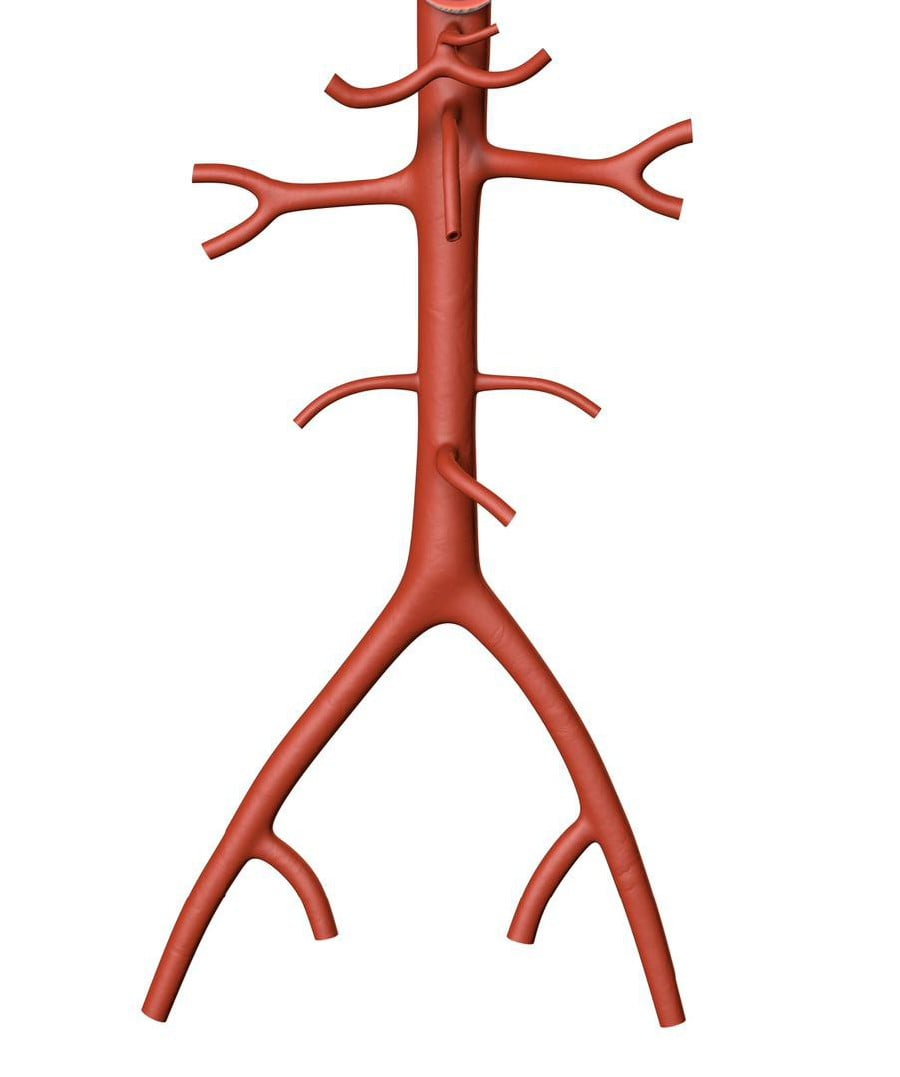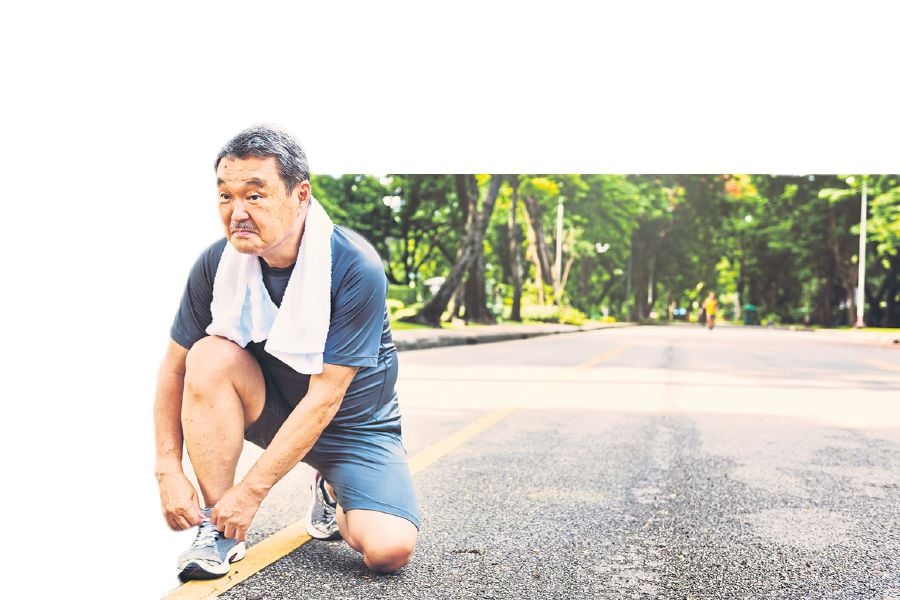IF we live long enough, most of us would experience an aneurysm at some point in our lives. Aneurysms can happen anywhere in the body, but the most common site is the abdomen.
An abdominal aortic aneurysm (AAA) is particularly dangerous because it's a "silent killer". Most people would not even realise that they have one until it ruptures, says Pantai Hospital Kuala Lumpur vascular surgeon Dr Yow Kuan Heng.
An aneurysm is essentially a weakness in the wall of an artery which causes a dilatation, he explains. If a segment of the aorta is 50 per cent wider than that of the neighbouring aorta, this is considered an aneurysm.
It's a degenerative condition, the result of wear and tear of the arteries. Some people, however, develop it sooner than others.
"There is now research that indicates that it runs in families but lifestyle factors also contribute to the risk," says Dr Yow.

Aneurysms grow at a greater or faster extent if one has high blood pressure, hypercholesterolaemia, or if one is a smoker.
Dr Yow says smoking, in particular, posts a huge risk because of all the damaging chemicals that affect the arteries.
Those with inherited connective tissue disorders such as Marfan's syndrome, where patients are tall, thin and have unusually long, flexible fingers, arms or legs, are also more at risk. Abraham Lincoln was believed to have suffered from this condition.
And 30 per cent of patients with AAAs will also have an aneurysm elsewhere, in particular their lower limbs.

THE GENDER FACTOR
Men are also six times more likely than women to develop aneurysms. Dr Yow says it is for this reason that in the United Kingdom, screening programmes target men over 65, so the condition can be detected early and treated.
Ultrasound is the most convenient and safest method of screening, he adds.
Germany, the United States and Sweden also have national screening programmes but Malaysia has yet to initiate such a move.
AAA is especially dangerous because most patients don't realise they have it and don't get to a hospital on time when it ruptures.
Dr Yow says unless one is very thin, most people would not be able to feel it.
"You might feel like there's a bulge pulsating in your tummy if you're very thin, but most of us won't really notice it."
Sometimes, the patient may go for a scan because of gallstones or cancer and it's detected that way.
"It's usually detected by accident unless you have a screening programme in place."

SILENT BUT DEADLY
Dr Yow says half of those with ruptures die at home. The mortality rate for a ruptured AAA is 80 per cent, even among those who have surgery for the rupture.
"Even those who get to hospital in time may be in such a bad state that they would not survive surgery. They may have lost too much blood, suffered a cardiac arrest or their kidneys would have shut down."
They may suffer a lot of problems with all their organs which is why a quarter of those who end up having surgery still don't survive.
Given these circumstances, it's crucial for a screening programme to be put in place as research indicates that such an initiative could reduce mortality from ruptures.
Dr Yow says in Malaysia, the prevalence of AAA is about seven in 1,000.
"It may not be as common as cancer or heart attacks, but if we look for it and treat it properly, we can actually save many lives. It's when people don't even know about it that they are at risk from a life-threatening rupture."

LIFE AFTER AAA
THOSE who do survive an abdominal aortic aneurysm (AAA) can lead a relatively normal life.
Pantai Hospital Kuala Lumpur vascular surgeon Dr Yow Kuan Heng says it's important to screen for the condition, detect it and fix it as a planned or scheduled surgery.
An elective planned surgery has a success or survival rate of 97 per cent compared with just 25 per cent when it's done as an emergency procedure.
There will always be complications from ruptures, which is why it's important to address it as a planned operation, he explains.
Instead of open surgery, patients today also have the option of undergoing the procedure via endovascular aneurysm repair which takes a keyhole surgery approach, resulting in lower operative mortality, shorter hospital stays and faster recovery.
Dr Yow says ultimately, it's also important for patients to reduce risk factors such as quitting smoking, keeping their weight down and maintaining a healthy lifestyle.
However, the key message is to get onto a screening programme or to see a vascular surgeon if you're concerned about having an abdominal aortic aneurysm as there are very effective operations to treat it if you are found to have one.




